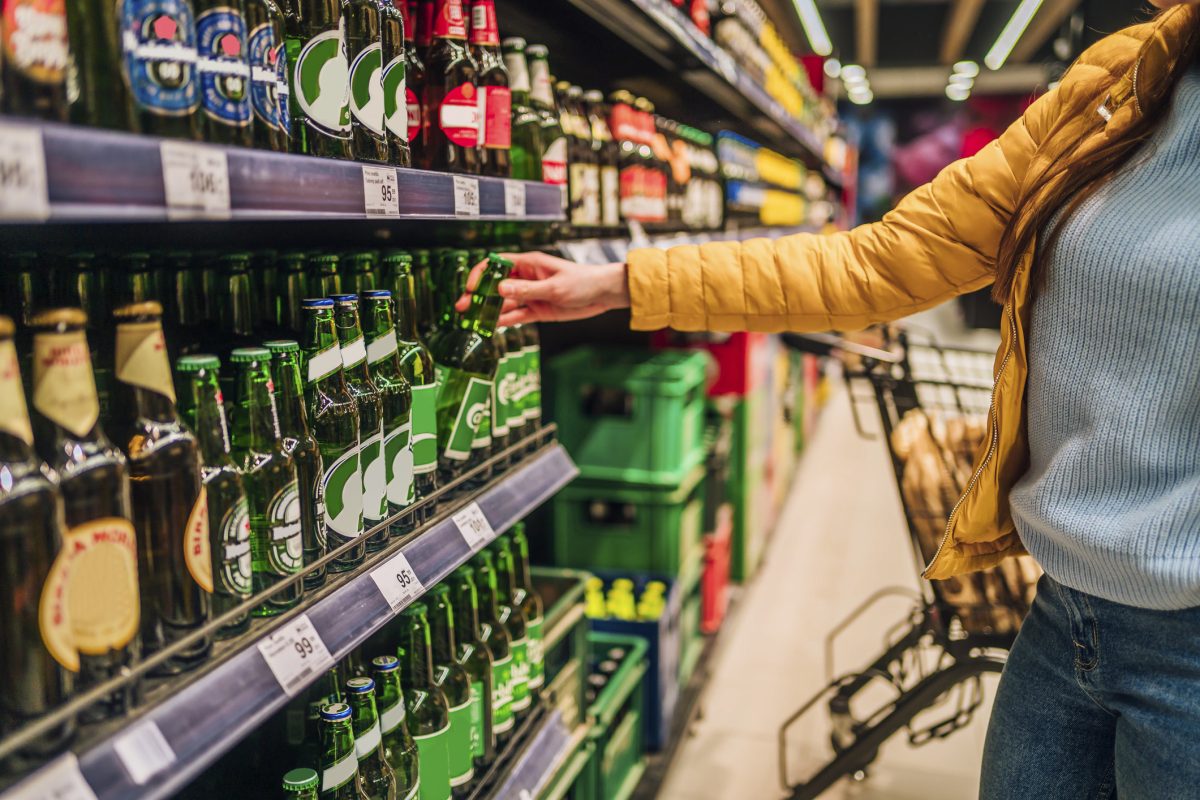New data from drinks market analysis firm, IWSR, predicts that future volume growth will sit only at one per cent CAGR between 2022 and 2027.
The United States and China are also both expected to lose their primacy in the volume market, with India, Mexico and Brazil tipped to become the major volume drivers over the next five years. According to IWSR, this is already playing out, with India and Mexico alone accounting for over half of all volume growth this year.
Nevertheless, value in the beverage alcohol category will remain strong, and IWSR projects that it will deliver over US$21.6bn to the global economy by the end of this year. Alcohol value is predicted to grow by two per cent year-on-year.
Mark Meeks, CEO of IWSR, provides further insight.
“As geopolitical and economic turbulence impacts the market, alcohol drinkers are shifting their consumption behaviours.
“The key trends that have underpinned the industry, such as premiumisation, will evolve as consumers respond to the increased cost of living crisis. The industry will, however, still deliver pockets of significant value growth. The pandemic also accelerated the rise of trends such as the at-home occasion and moderation; these behaviours are now here to stay.”
Meeks also believes a ‘twin track’ premiumisation trend is apparent.
“In most mature markets, premiumisation looks to be embedded into consumer purchasing behaviours, and will continue to add value in most price tiers, albeit at slower growth rates. In developing markets, consumers are continuing to trade up as incomes rise.”
Gin on the decline
IWSR tracks the performance of drinks categories in key markets across the planet, including Australia.
Here the analysts found that the gin category is losing momentum in Australia, which ISWR notes was previously a growth market for the spirit. And in gin’s spiritual heartland of the UK, the IWSR is witnessing ‘long term decline’.
This was part of a general mixed picture of the spirits category at large across the world, which experienced a two per cent decline in volume consumption between 2012-2022 (driven by fluctuations in the consumption of baijiu in China, the massive scale of which has an outsized impact on global statistics). Excluding ‘national spirits’, which includes baijiu, soju, arrack and shochu, the global spirits category grew by five per cent in volume to 2022, driven largely by whisky (eight per cent volume growth).
The long-heralded rum revival does appear to finally be here, as the subcategory underwent a volume growth of nine per cent. And the agave boom continues, experiencing volume growth of 13 per cent, particularly driven by performance in the US, which recorded volume growth of 12 per cent.
Premiumisation will continue to be a major driver, largely thanks to the whisky segment. The premium plus whisky subcategory is expected to grow in volume by four per cent CAGR to 2027, with the Indian market seeing significant trade-up.
Beer bounces back
Key markets are seeing an expansion in beer volumes, which grew globally at three per cent last year. This performance has mostly been pushed by markets in India – which grew significantly by 38 per cent in volume, Vietnam (17 per cent) and Mexico (seven per cent).
Nevertheless, overall growth in beer volumes is likely to be restrained by beer’s two largest markets, China and the US, both experiencing volume declines in the lower-price segment. Premium plus beer is tipped to grow by three per cent in the US in volume CAGR to 2027, against a standard-and-below segment volume decline of five per cent. In China this premium growth is even higher, at six per cent.
Wine ‘continues structural decline’
The picture is rather less rosy for the global wine industry, with still wine losing volume in every top ten market last year – which IWSR attributes to ‘normalising trends following the COVID-19 pandemic boost.’
Global wine volume dipped by five per cent between 2021 and 2022, and IWSR expects it to remain ‘flat over the next five years’.
However, premium options offer some comfort to winemakers, with volume growth in premium and above segments sitting at two per cent volume CAGR to 2027. As younger drinkers look elsewhere, IWSR expects that lower price tiers will continue to struggle, with standard-and-below segments declining in volume at one per cent to 2027.
RTDs slow down, NOLO continues its run
The RTD category has been one of the global drinks success stories, adding 20 per cent in volume between 2018-2021. Yet IWSR suggests that this trend is decelerating rapidly, with the global category adding only two per cent in 2022. In the crucial market of the US, the 14 per cent growth of canned cocktails, ‘hard tea’ and flavoured alcoholic beverages unable to offset a 10 per cent volume decline in the larger hard seltzer subcategory.
On the other hand, no-alcohol volume remains strong, growing by eight per cent in 2022, and tipped to continue at seven per cent CAGR to 2027. By this year, IWSR expects the category to constitute two per cent of the total volume of global beverage alcohol.
Read the full report here.

